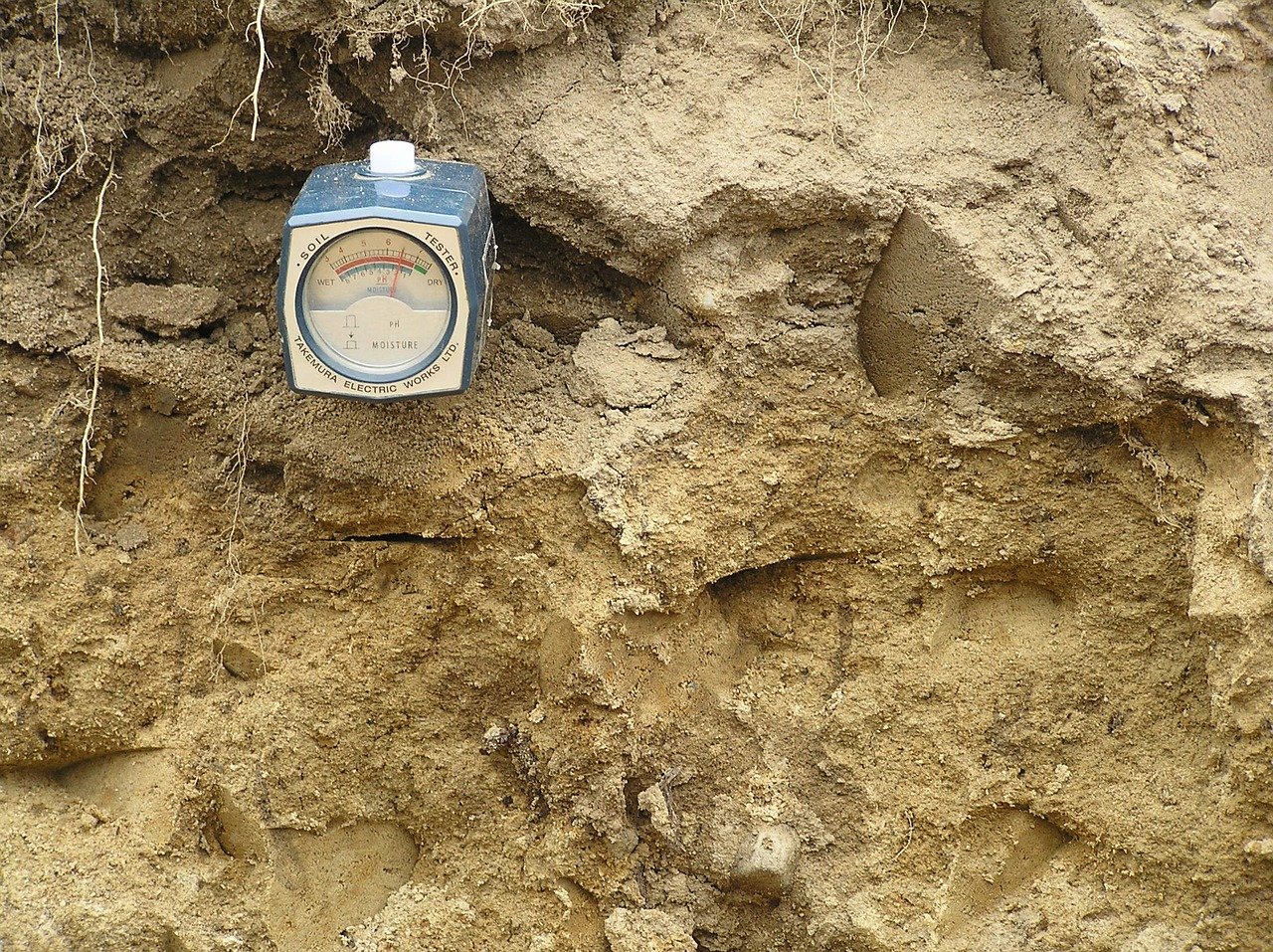Definition of Soil PH and PH, Forms of H+ ion in soil, Grading of soil according to PH Value
Definition of Soil PH
PH: PH may be defined as the negative logarithm of hydrogen ion (H+) concentration in a solution.
Soil PH: Soil PH may be defined as the negative logarithm of hydrogen ion (H’) concentration in a soil solution. Soil PH first proposed by Sorensen (1909) a Swedish chemist.
PH is expressed as number (0-14) and H+ concentration is expressed in gm-ion/L.
pH = – log[H+]
The suitable PH range for maximum field crop production is 6.0-7.5. Soil PH is an indicator of the acidity & alkalinity of a soil solution.
PH < 7 = Acid soil
PH > 7 = Alkaline soil
PH = 7 = Neutral soil
Forms of H+ ion in soil
There are 2 forms of H+ ion in soil-
1. Active form: When H+ ion is present in the soil.
2. Potential form: When H+ is present in reserved condition as absorbed by soil colloids. e.g. clay, humus.
Grading of soil according to PH Value
The PH value, therefore, represents the amount of free active acidity and not the total quantity of potential acidity. In other words, it represents the intensity of acidity of a solution. In this scale, the P” values range from 0-14, where PH = 0 represents the highest Inuit of active acidity and P” =14 the highest degree of basicity. Neutrally represent PH = 7. Therefore, P” = 7 shows neutral reaction. When P” is less than 7 the solution is acidic. When it is above 7, it is alkaline.
Therefore, the grading of soil according to PH values are given below-
|
PH Value
|
Grade of soil
|
|
3.5 or below 3.5
3.5 – 4.0
4.0 – 5.0
5-6
6 – 7
7
7-8
8-9
9-10
10-10.5
10.5 or more
|
Extreme acidic soil
Very strong acidic soil
Strong acidic soil
Moderate acidic soil
Slight acidic soil
Neutral soil
Slight alkaline soil
Moderate alkaline soil
Strong alkaline soil
Very strong alkaline soil
Extreme alkaline soil
|
